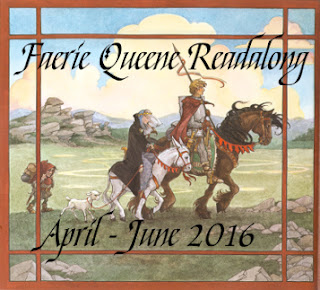Dark Emu -- Summer Book 7
 Dark Emu: Black Seeds: Agriculture or Accident? by Bruce Pascoe
Dark Emu: Black Seeds: Agriculture or Accident? by Bruce PascoeSome time back I read this amazing Australian book, The Biggest Estate On Earth, by Bill Gammage, which was a large, detailed explanation of Aboriginal land management techniques. My mind was blown, and so then I needed this book by Bruce Pascoe to learn more.
Dark Emu is more of a short overview of several aspects of Aboriginal life; it is not as exhaustive on one topic as the Gammage book. Pascoe uses old diaries and descriptions of what early white settlers found to show what he means. He points out that Aboriginal people were engaging in sedentary farming; they were not 'only' hunter-gatherers. They had villages, and large stores of food. They had complex engineered aquaculture sites on rivers that allowed fish to flourish and be easily caught.
White settlers did not always recognize what was going on right in front of them, either because Aboriginal technologies looked very different from what they were used to, or because they also kind of denied the evidence of their own eyes.
Pascoe wants Australians not only to recognize what Aboriginal people were doing, he wants to adapt some of these old practices into modern farming. If the daisy yam is a nutritious food that grows well in the climate, why not grow it? Why not try kangaroo grass for grain farms? Why not farm kangaroo instead of sheep? (He is impatient with people who feel weird about eating kangaroo, insisting that if a) sheep and cattle are bad for the Australian soil and b) kangaroo populations can be conserved and strengthened by a switch, that everybody can just get used to eating kangaroo.)
Fascinating information, and although it comes after and builds on the Gammage book, I'd recommend it first. It's a shorter, easier read and more of an overview. I'd imagine that each short chapter could easily be expanded into a large and detailed book.




Both books are fascinating and have done a lot to change the discussion about Indigenous history in Australia. I'm hoping it's a sign that our country is growing up now that it can accept other perspectives and versions of history other than the dominant white version.
ReplyDeleteEvery time I go to the art gallery now to see the old colonial section, I see the park-like nature of early Sydney, Victoria, Tasmania and the western plains of NSW and see how the Aboriginal communities worked the land to provide themselves with a regular supply of food that still respected the environment.
You might also be interested in this article Jean - https://theconversation.com/friday-essay-the-great-australian-silence-50-years-on-100737
ReplyDeleteI couldn't find this book or the Bruce Pascoe book at my library. Would you mind telling me where I might find a copy? Your review is interesting and I'd like to get both books.
ReplyDeleteThanks,
Tina
Tmculbertson@gmail.com